Managed float regime
Managed float regime is an international financial environment in which exchange rates fluctuate from day to day, but central banks attempt to influence their countries' exchange rates by buying and selling currencies to maintain a certain range. The peg used is known as a crawling peg.
| Foreign exchange |
|---|
| Exchange rates |
| Markets |
| Assets |
| Historical agreements |
| See also |
In an increasingly integrated world economy, the currency rates impact any given country's economy through the trade balance. In this aspect, almost all currencies are managed since central banks or governments intervene to influence the value of their currencies. According to the International Monetary Fund, as of 2014, 82 countries and regions used a managed float, or 43% of all countries, constituting a plurality amongst exchange rate regime types.[1]
List of countries with managed floating currencies

Map of current exchange rate regimes (2018)
De facto exchange-rate arrangements in 2018 as classified by the International Monetary Fund.
Soft pegs (conventional peg, stabilized arrangement, crawling peg, crawl-like arrangement, pegged exchange rate within horizontal bands)
Residual (other managed arrangement)
- Source IMF as of April 31, 2008
 Afghanistan
Afghanistan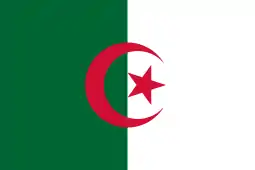 Algeria
Algeria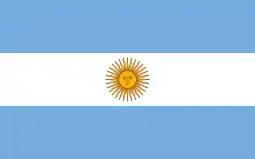 Argentina
Argentina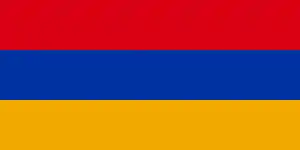 Armenia
Armenia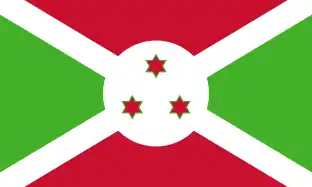 Burundi
Burundi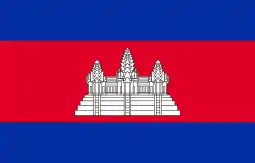 Cambodia
Cambodia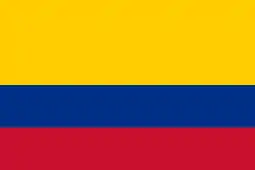 Colombia
Colombia Croatia
Croatia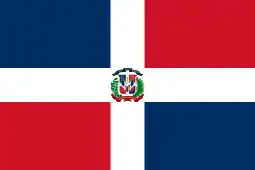 Dominican Republic
Dominican Republic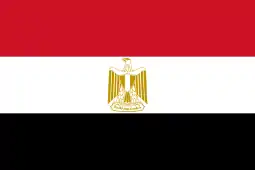 Egypt
Egypt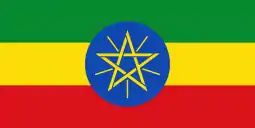 Ethiopia
Ethiopia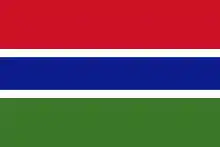 Gambia
Gambia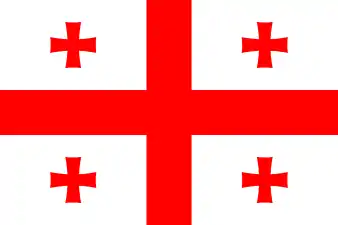 Georgia
Georgia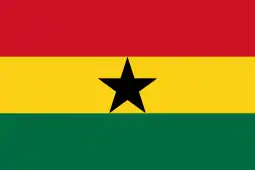 Ghana
Ghana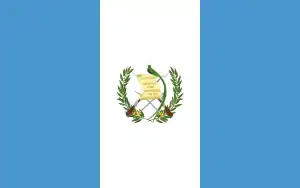 Guatemala
Guatemala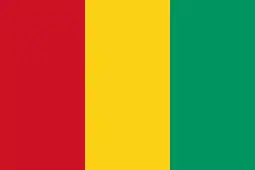 Guinea
Guinea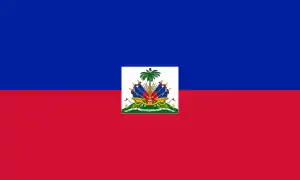 Haiti
Haiti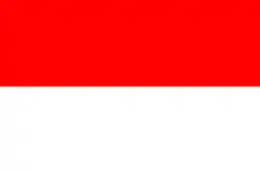 Indonesia
Indonesia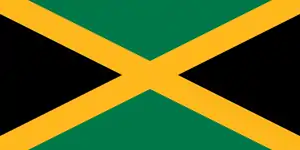 Jamaica
Jamaica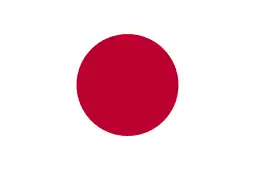 Japan[2]
Japan[2]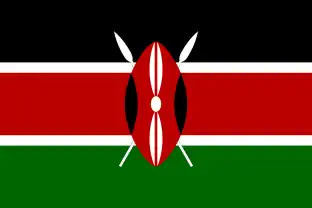 Kenya
Kenya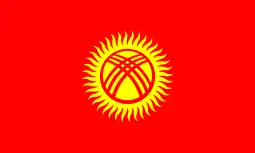 Kyrgyzstan
Kyrgyzstan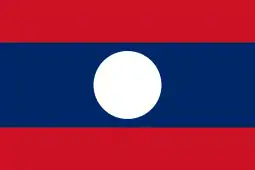 Laos
Laos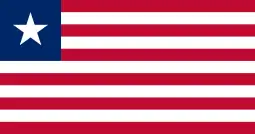 Liberia
Liberia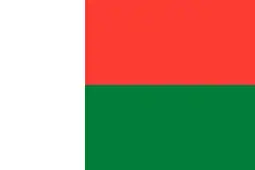 Madagascar
Madagascar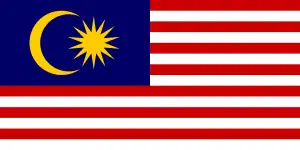 Malaysia
Malaysia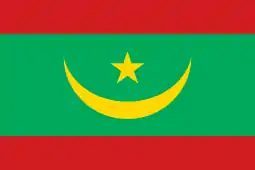 Mauritania
Mauritania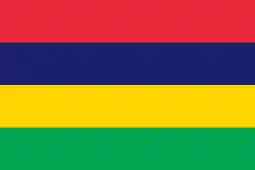 Mauritius
Mauritius Moldova
Moldova Morocco
Morocco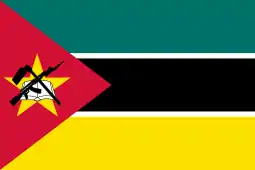 Mozambique
Mozambique Myanmar
Myanmar Nigeria
Nigeria Pakistan
Pakistan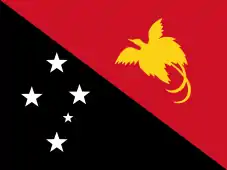 Papua New Guinea
Papua New Guinea Paraguay
Paraguay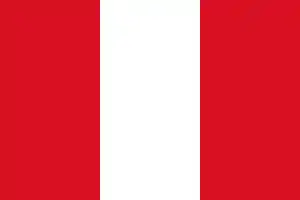 Peru
Peru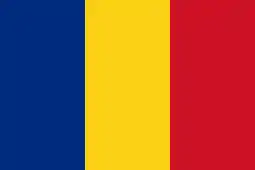 Romania
Romania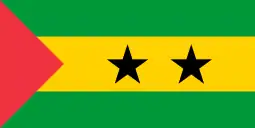 São Tomé and Príncipe
São Tomé and Príncipe Serbia
Serbia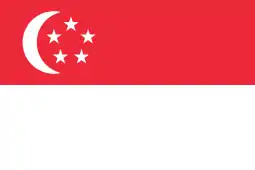 Singapore
Singapore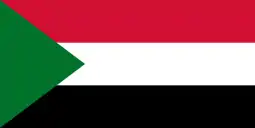 Sudan
Sudan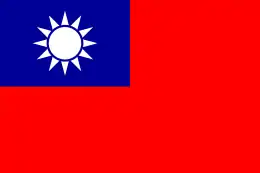 Taiwan
Taiwan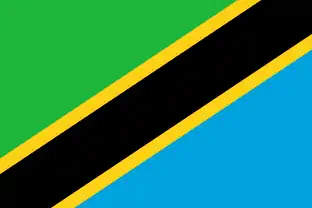 Tanzania
Tanzania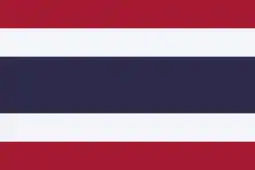 Thailand
Thailand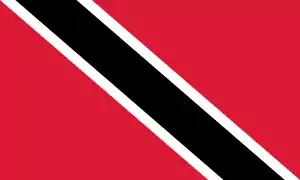 Trinidad and Tobago[3]
Trinidad and Tobago[3]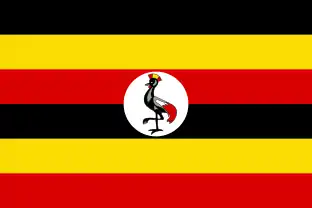 Uganda
Uganda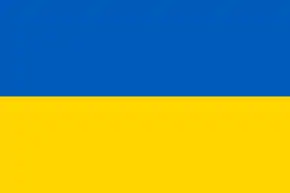 Ukraine
Ukraine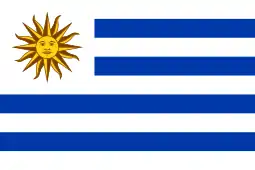 Uruguay
Uruguay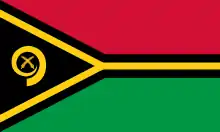 Vanuatu
Vanuatu
See also
- December Mistake
- Black Wednesday
- Fixed exchange rate
- Floating exchange rate or Floating currency
References
- "IMF finds more countries adopting managed floating exchange rate system". Nikkei Asian Review. Nikkei. August 19, 2014. Retrieved 5 March 2015.
- Japanese yen
- "Floating of the TT dollar: 20 years later". Trinidad Express Newspaper. April 2, 2013. Archived from the original on April 5, 2013.
This article is issued from Wikipedia. The text is licensed under Creative Commons - Attribution - Sharealike. Additional terms may apply for the media files.